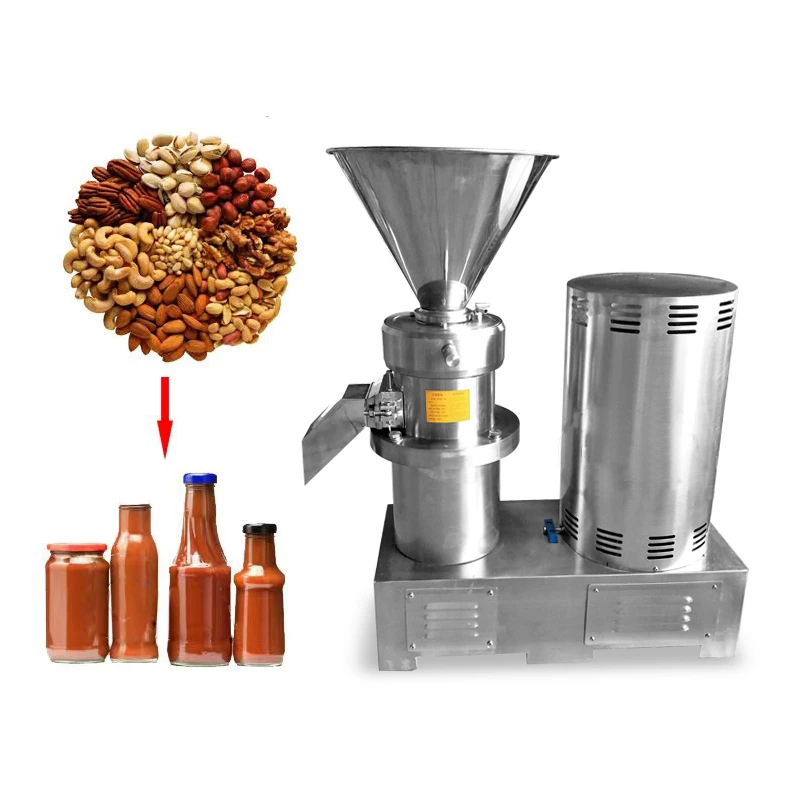colloid mill advantages and disadvantages
View:
The basic principle of stainless steel colloid mill is that the fluid or semi-fluid materials are subject to strong shear force, friction, and high-frequency vibration through the fixed teeth and moving teeth that are relatively linked at high speed so that the materials can be effectively crushed, emulsified, homogenized and mixed, to obtain satisfactory fine processed products. Colloid mills are divided into vertical, split, and horizontal. Users can choose colloid mills of different specifications and models according to material characteristics, production efficiency, and other uses to achieve good results.

What are the advantages and disadvantages of the colloidal mill?
The advantages of a colloid mill are simple equipment structure and convenient maintenance. It is suitable for materials with higher viscosity and larger particles. The fineness requirements of different materials can be achieved by adjusting the grinding disc. The general standard fineness is about 20um, which depends on the fusion degree of materials. It is recommended that the grinding disc should not be adjusted too delicate for the first time, and then mass production should be carried out after seeing the effect of the finished products.
Its structure also determines the shortcomings of the colloidal mill. Due to centrifugal movement, its flow is not constant, and its flow changes significantly for materials with different viscosities. For example, when handling viscous paint materials and thin emulsion fluids, the flow rate of the same equipment can differ by more than ten times. Secondly, due to the high-speed friction between the rotating stator and the material, it is easy to generate large heat, making the treated cloth denatured.
